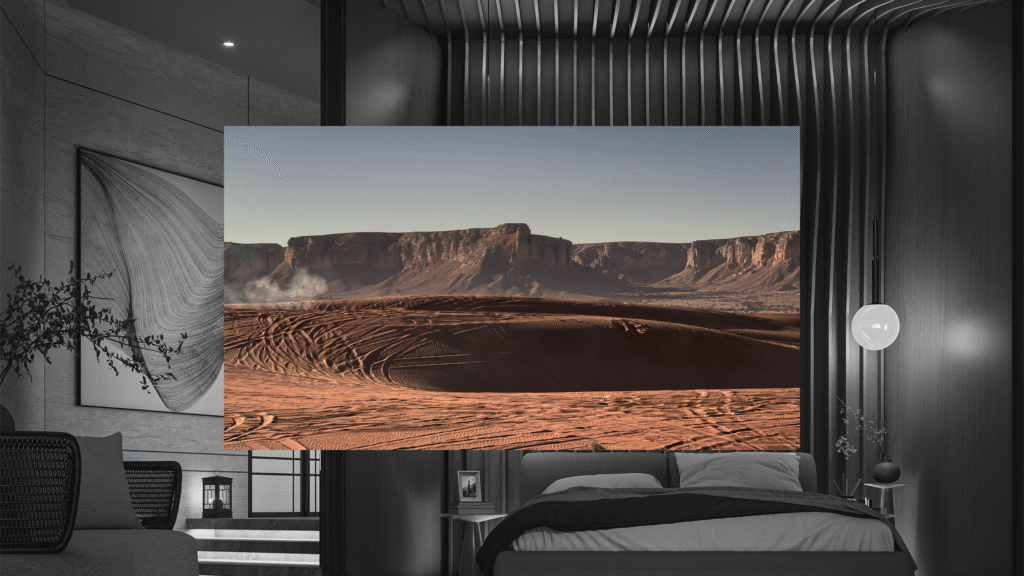Recently, I came across a series of projects by a well-known designer with a massive online following. Their work was bold, creative, and instantly recognizable—an impressive portfolio that clearly demonstrated a strong personal style. But as I kept scrolling, something stood out to me: most, if not all, of their projects looked quite the same.
It’s not unusual for designers to develop a certain style. In fact, a distinct style can be a strength. Think of Zaha Hadid’s sweeping curves and bold geometric designs, Frank Gehry’s sculptural and fragmented forms, or Le Corbusier’s raw and brutalist approach. These architects have carved out these unique visual languages that have now become synonymous with their names.
But when every project starts to feel like a variation of the last, especially in residential, it raises an important question: who is the design really for?
I believe that a designer’s role should shift depending on the project, especially in residential work.
Homes are deeply personal. They should reflect the people who live in them—their routines, preferences, culture, and dreams. Designers should act as translators, not authors. Their job is to listen closely to their clients, understand their vision, and co-create a space that feels uniquely theirs.
As you grow in this profession, you should learn that good design is all about balance: knowing when to step forward and when to step back to let someone else’s story shine. Remind yourselves that the best architecture is not always the most recognizable, but the kind that responds to why (intention), where (context) and who (people) it’s for.
Remember, the most successful projects may not carry a signature—but they speak volumes about the people they were made for.
And that, to me, is the highest form of design.

